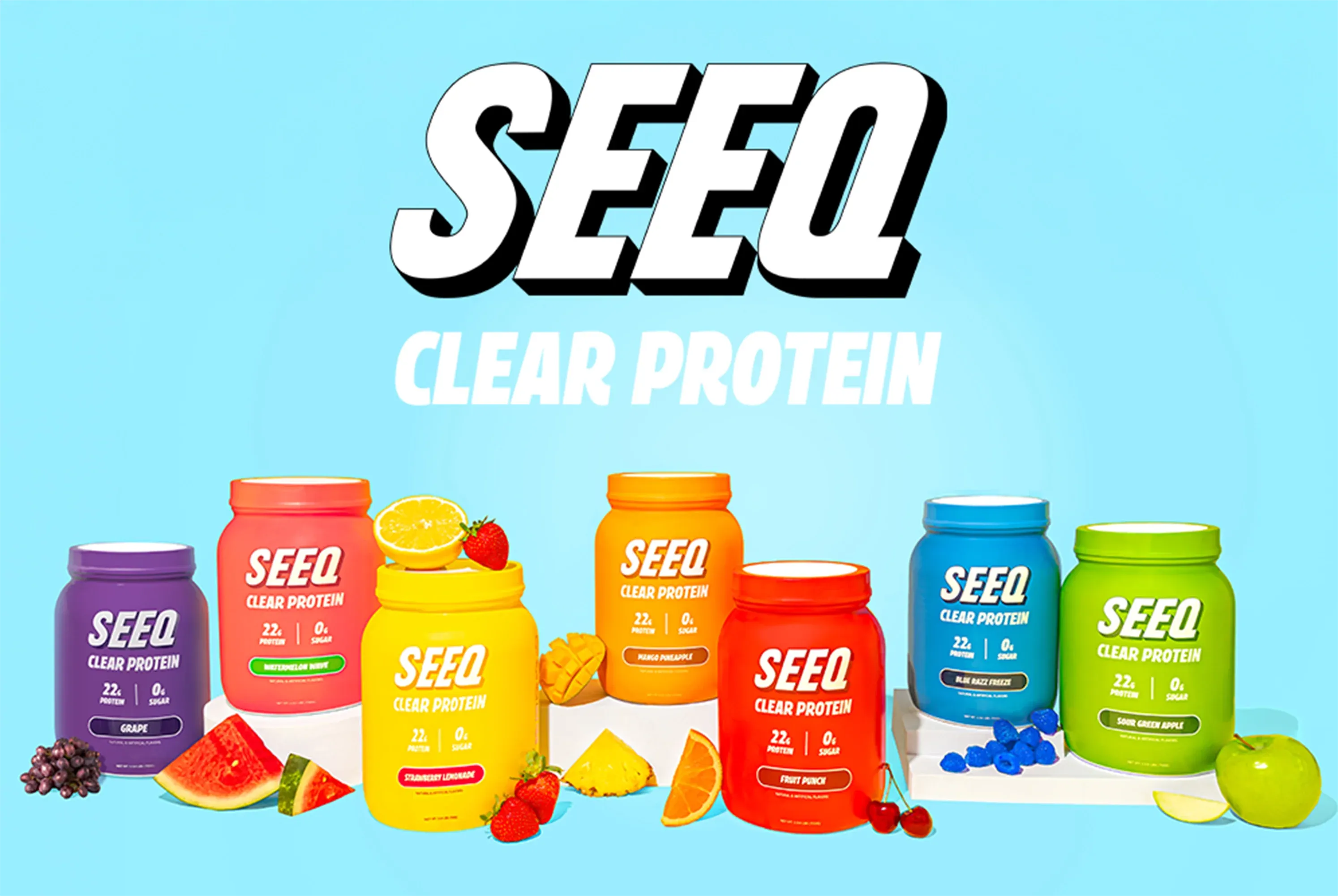25 janv. 2025
Oliver Goldsmith: The Timeless Icon in Eyewear Fashion
1. A Legacy of Vision: The History of Oliver Goldsmith Established in 1926 by Phillip Oliver Goldsmith, this brand reshaped eyewear as a symbol of style and elegance. Originally leveraging materials ...
2 minutes de lecture










